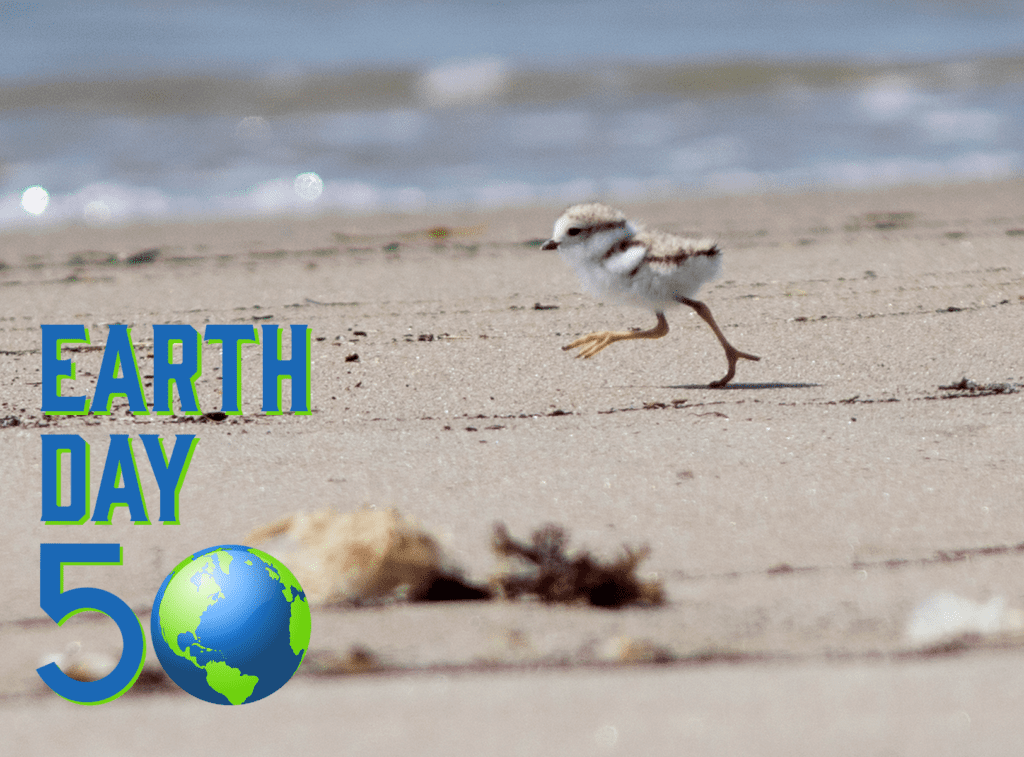
Nature in the Middle (grades 6-8)
Happy Earth Day! This holiday is now 50 years old and recognized as the planet’s largest civic event. When it was launched in the United States back in 1970 about 10% of our total population took to the streets to demand a new way forward for our planet. Wow, that’s a lot of people!
Today people will not be gathering in the streets for obvious reasons, but people will be organizing and gathering through the digital landscape to have discussions, share ideas and calls for action to improve our world. I’d like to offer the following activities for your Earth Day celebration today:
- Maine Audubon has teamed up with the Maine Conservation Voters to offer a Virtual Earth Day Fair featuring a whole day of activities. Some things you might like to check out: Meet Maeve the Merlin Falcon!; a concert with Earth Jams; Kids Scavenger Hunt (Race other kids to find a list of treasures in your home and neighborhood); Maine Spring Bird Calls with Maine Audubon’s Nick Lund; Film premier: The Story of Plastic; Story reading, Molly Molasses and Me with Ann Pollard Ranco of the Penobscot Nation; a Virtual Rally and Earth Day Sign Making with messages from Senator Angus King and Congresswoman Shellie Pingree. The day wraps up with an Earth Day Film Festival in partnership with the Maine Outdoor Film Festival! Join us from the comfort of your couch for eight conservation-themed short films. We hope you can check some of them out.
- Earth Challenge 2020 is a global citizen science effort that uses mobile technology to enable people to monitor and mitigate threats to environmental and human health in their own communities. Ask questions, collect data, and put your cell phone’s camera to good use!
- Earth is a big place and it’s sometimes easy to feel disconnected from the larger picture. Google Earth is an amazing tool that you can use to explore landscapes all over the Earth. Start in your own neighborhood, zoom in close and then pan out for a birds-eye view. Use the Voyager tool to explore someplace new on Earth. Go to the tallest mountain tops in Asia, or explore the city streets of London. The Timelapse tool is a way to see changes happening on Earth over several decades. Glacial retreats, deforestation, coastal erosion, and changing river patterns clearly show that the Earth is a living planet and how much impact we human beings have had.
- Finally, after traveling the globe, I might suggest something closer to home. If the weather allows, pick a spot outdoors to just sit quietly and observe. Try sitting for at least ten minutes in stillness. Notice the sounds. Notice where the sunlight is illuminating. Just be there and let yourself observe. Do this a few times throughout the day and see how things change. Things are changing all around us all the time, but too often we’re moving too fast to notice. Take some time today to notice that you are a passenger on one of the most fantastic spaceships ever to orbit our Sun; sit back and enjoy the ride!
Our educators, scientists, advocates, and naturalists are committed to keeping you connected to the natural world as we deal with the coronavirus situation together. Check in every weekday on our Connections page for family activities, parent/teacher tips, backyard birding, nature exploration at our sanctuaries, and more.
